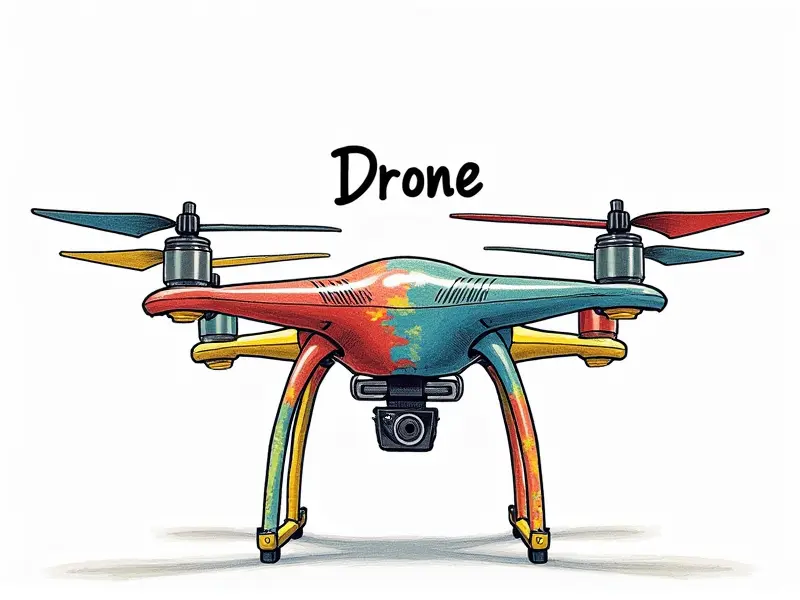RC plane propeller size?

RC Plane Propeller Size: The Ultimate Guide
Choosing the right propeller size for your remote-controlled (RC) plane is crucial to achieving optimal performance. Whether you're a beginner or an experienced RC pilot, selecting the correct propeller can significantly impact your aircraft's speed, stability, and overall flight characteristics.
What Size RC Plane Propeller Should You Choose?
The ideal size of an RC plane propeller depends on several factors including engine power, wing area, and intended use. A larger propeller generally provides better lift at lower speeds but may sacrifice top speed, while a smaller propeller can offer higher speeds but might struggle with takeoff.
Choosing the Right RC Plane Propeller
The process of selecting an appropriate propeller involves balancing these trade-offs to meet your specific needs. Factors such as engine displacement, RPM range, and flight conditions all play a role in determining the best fit for your model plane.
Optimal Propeller Size for RC Airplanes
Determining the optimal size requires understanding the relationship between propeller diameter (D), pitch (P), and engine specifications. A well-matched propeller ensures efficient power transfer from the motor to the air, enhancing performance without compromising safety.
How to Pick the Right Propeller Size
- Analyze Engine Specifications: Check your RC plane's engine displacement and RPM range. This information is crucial for selecting a propeller that complements your motor’s capabilities.
- Consider Wing Area: The size of the wing directly influences lift requirements. Larger wings typically need more powerful propulsion, which often means larger props.
- Determine Flight Conditions: Consider where and how you will fly your plane—whether it's calm weather or windy conditions—affects propeller choice.
Maximize Performance with Proper Props
Selecting the right propeller can dramatically improve flight performance. A well-chosen prop allows for efficient energy transfer, resulting in smoother flights and enhanced maneuverability.
Understanding RC Plane Propeller Dimensions
A typical propeller is described by its diameter (D) and pitch (P). For example, a 10x6 prop indicates a blade length of 10 inches with a pitch of 6 inches. Understanding these dimensions helps in choosing the most suitable option for your RC plane.
Quick Tips for Selecting RC Plane Props
- Maintain Propeller Balance: A balanced prop ensures smooth operation and reduces vibration, contributing to a more stable flight.
- Select Material Wisely: Fiberglass props are durable but heavier; plastic is lighter yet may wear faster. Choose based on durability versus weight considerations.
The Ultimate Guide to RC Plane Propellers
This comprehensive guide covers everything from basic principles to advanced techniques in selecting the perfect propeller for your RC plane. From beginner tips to expert advice, this article is designed to equip you with all necessary knowledge.
Best Propeller Sizes for Different RC Planes
Varying aircraft types—such as sport planes, aerobatic models, and scale replicas—require different prop sizes due to their unique flight characteristics. Here’s a breakdown of suitable options:
- Sport Models: Look for props that balance speed with lift for smooth cruising.
- Aerobatics: Optimize for quick responses and high G-forces, often requiring smaller pitch values.
Propeller Selection for Mini RC Planes
Miniature planes pose unique challenges due to their small size. Propellers must be carefully selected to ensure adequate lift while maintaining manageable weight ratios. Mini props are typically more compact but still require precise tuning.
Common Mistakes in Choosing RC Plane Propeller Sizes
- Oversizing the Prop: Using a prop that's too large can overwork your motor, leading to reduced performance and potential damage.
- Ignoring Flight Conditions: Not considering environmental factors like wind or altitude can lead to poor flight stability.
Conclusion
Selecting the right propeller size for your RC plane is a critical step in achieving optimal performance and enjoyment. By understanding key principles, analyzing specific requirements, and avoiding common pitfalls, you'll be well-equipped to make an informed decision that enhances your flying experience.

